Plateau Natbeuri Masterplan & Development Concept
Location: Tbilisi, Georgia
Project Year: 2020
Status: Design proposal
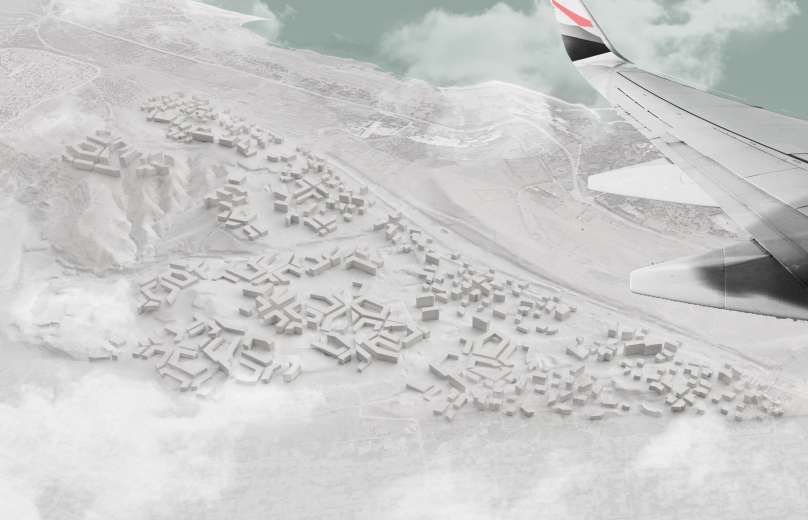
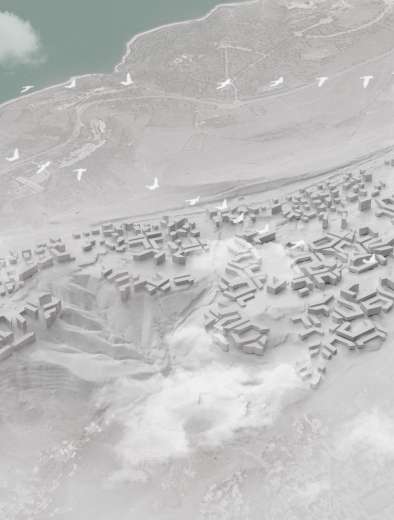
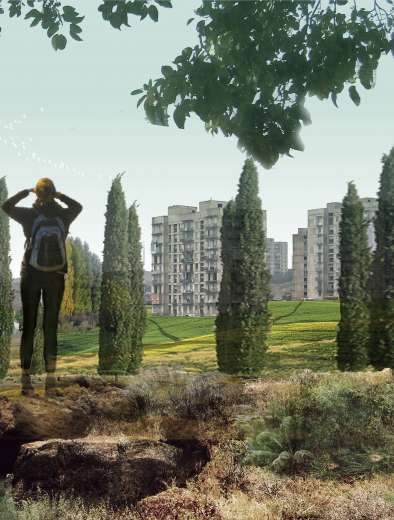
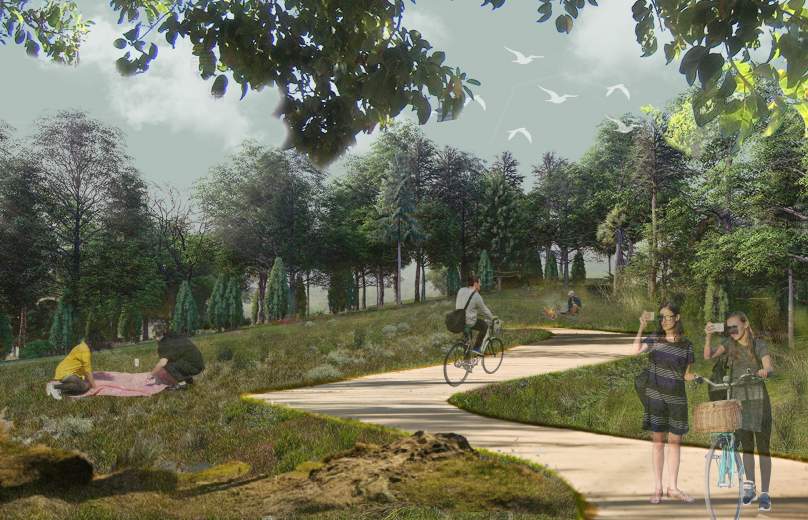
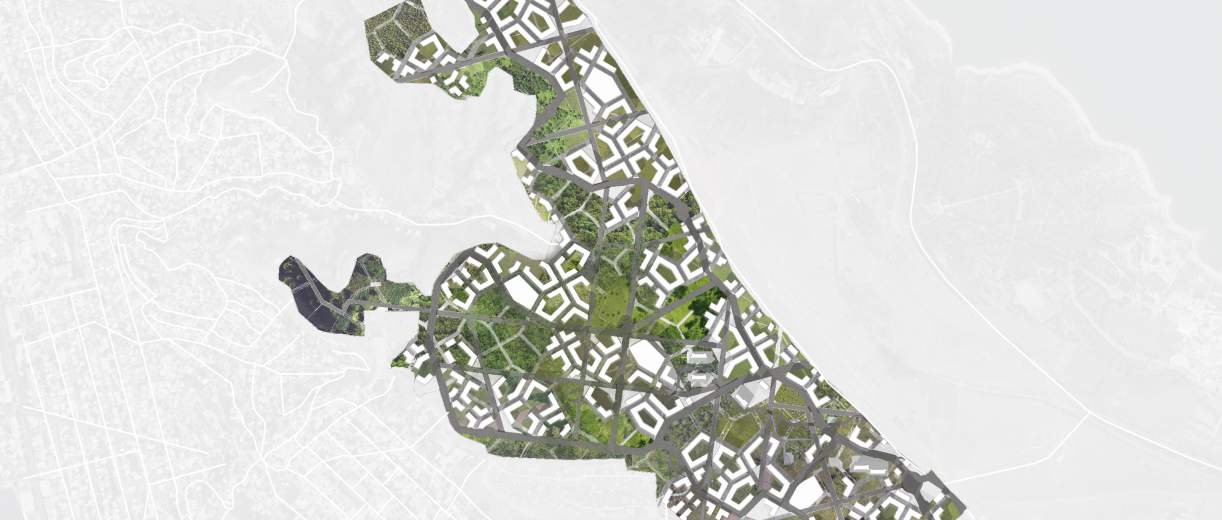
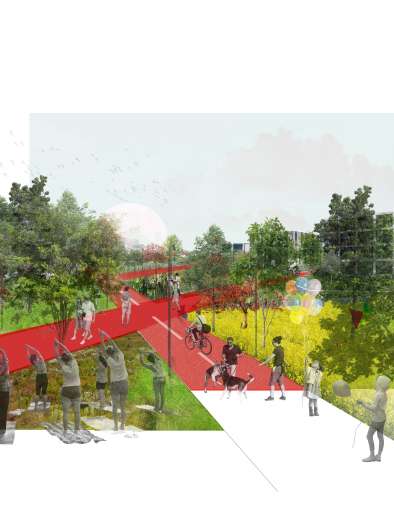
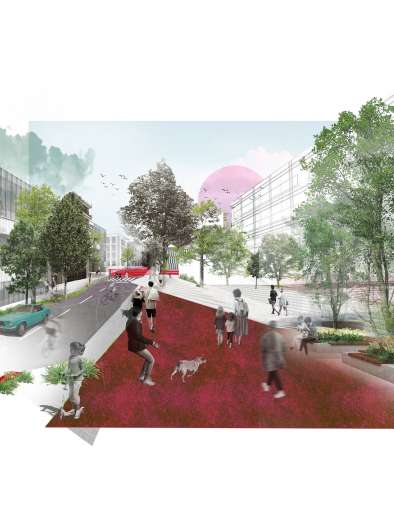
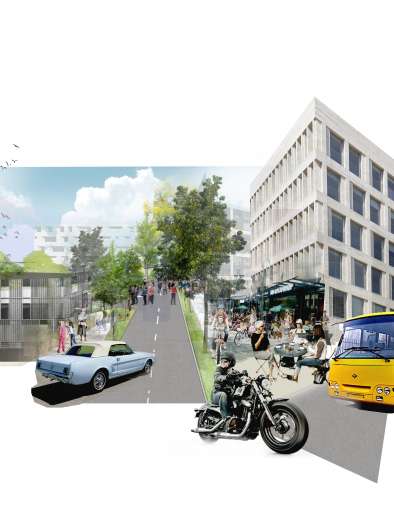
Client: Gino Green City
Program: housing l mixed-use l 116 ha
Collaborators: Cushman & Wakefield Georgia
Team: Devi Kituashvili, Gogiko Sakvarelidze, Natalia Nebieridze, Ucha Zghudadze, Mariam Metreveli, Salome Gugunava, Nestan Advadze, Nodar Kvantchiani, Tata Gachechiladze, Boka Kilasonia
The project area stretches over the north-eastern part of Tbilisi, between the Tbilisi Sea and a highly developed part of the city. It is adjoined by Sanzona on the north, Nadzaladevi on the west, and Lotkin district on the south. The area, distinguished with its rich topography, has several high-rise buildings on the territory.
The deep valley boasts beautiful dunes and ridges that add to the natural beauty of the site. We revisited the past to gain a deep understanding of the historical development of Tbilisi. The map from 1911 revealed the well-preserved name of the territory that was still discernible on the map. This discovery, along with the geographic position, determined the project name "Plateau Natbeuri."
The biggest challenge modern Tbilisi faces today is environmental problems. With the accelerated constructions occurring in the heart of the city, the existing recreational areas are disappearing. The tendency to move to the outskirts is on the rise among the population residing in the center.
Humans are at the heart of the design concept of Plateau Natbeuri. Our principal goal was to come up with the development model formed by the human scale. The carefully thought-out design empowers individuals and transforms the area into a sweeping civic space. Every aspect of the project, be it the pedestrian streets, recreational zones, or implementation of the functional program, strengthens the relationship between the site and the people.
We decided to break down the project area into pentagram-like divisions that allowed us to create dynamic architectonic spaces. With a novel approach to the pedestrian network strategy, the emergence of high-speed transit lines within the settlement is unlikely, which, as international practice suggests, has a negative impact on social well-being.
The program of the area is multifaceted, with various functional zones including commercial spaces, sports complexes, and educational and medical facilities. The emergence of administrative units (a municipal center, a police station, a fire station, and a post office) along with the religious and cultural public spaces is highly likely.